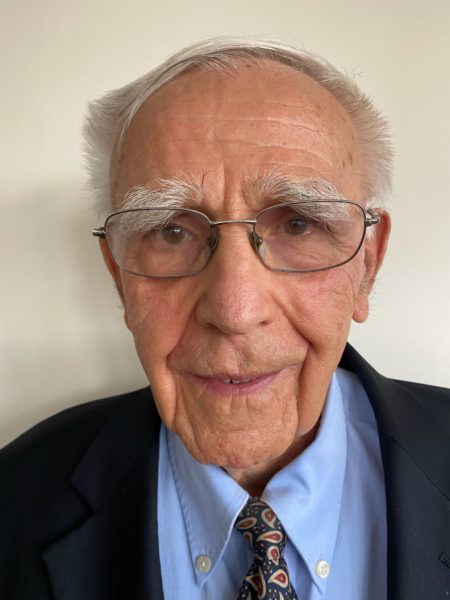Lifestyle Matters

I received many questions after my recent article on aging in the February 24th issue of this newspaper. People would like to know more about the biology of aging and of a healthy lifestyle. They want to know more about what happens in our cells; how the components of our daily living reflect in what happens in billions of our cells; what are the cellular mechanisms involved in nutrition, exercise, sleeping patterns, social interactions, attitude and spirituality. Some mechanisms we already know and for some we have only animal data. I hope that soon we’ll be able to translate animal data to humans; still, a human is not a mouse.
Currently, with artificial intelligence, we are discovering new possibilities on how we can prolong our lifespan – better yet, our healthy lifespan. Indeed, the answers are hidden inside our cells. Let’s look at them briefly. According to the latest (May 12, 2017) data from the “Annals of Human Biology,” our body consists of 37.2 trillion cells forming 200 different cell types that are specialized to perform the unique and special functions we need in our daily living. The cells take nutrients from our food and convert them into energy for performing these specialized functions.
Even if cellular anatomy is very complex, one doesn’t need a PhD in biology to understand cellular structure and function.

Brooklyn Boro
View MoreNew York City’s most populous borough, Brooklyn, is home to nearly 2.6 million residents. If Brooklyn were an independent city it would be the fourth largest city in the United States. While Brooklyn has become the epitome of ‘cool and hip’ in recent years, for those that were born here, raised families here and improved communities over the years, Brooklyn has never been ‘uncool’.